The journey continues through the ten most incredible places where I've ever stood. Every person's list will be different; I'm hoping to hear of great ideas for future travels! Number ten for me was the
Alaka'i Swamp of Kaua'i. Number nine was
Frame Arch in Arches National Park next to Delicate Arch, Frame's better-known counterpart. This next one was an easy post because one of the
Accretionary Wedge topics asked a similar question, i.e. What is your geological pilgrimage – the sacred geological place that you must visit at least once in your lifetime? What follows is a
slightly abridged post from the wedge topic in April of 2012. Keep in mind that no order is implied with these posts, except for number one.
I've had a rich life, being able to link my favorite activities, traveling and photography, with my career as a geologist and teacher. It means I have been to a lot of places, so determining a list like this leads to a lot of introspection. I've been enjoying reading some of the other entries...I like new ideas of where to go!
I settled on this one particular site because of the emotional impact it had when I reached the goal. It was indeed remote and difficult to get to. It was the
Burgess Shale fossil quarry in Yoho National Park in British Columbia, Canada. Besides being one of the most important fossil sites in the world, it involved one of the most beautiful hikes I've ever taken. Just look at the scenery from the edge of the quarry:
![]()
Fossilization is a chancy process. Everything has to happen just right, and most of the time organisms are immediately scavenged or quickly decay. Even when things happen just right, it is exceedingly rare for anything besides bone or shell to survive. As a result, the fossil record is highly biased towards creatures with shells. When one considers how many soft-bodied creatures exist in the world's ecosystems, and how rarely they are preserved, we realize how poor our picture of the past really is. This is especially true of the "dawn" of complex life in the Cambrian period, just over 500 million years ago. Something 75% of the record is made up of the various species of trilobites, and most of the rest are sponge-like archaeocyathids and brachiopods (simple bivalved creatures which are not as "advanced" as clams). Although we know that plenty of soft-bodied forms existed, they have not been preserved, except in a precious few places.
One of these is the Burgess Shale, in British Columbia. The shale accumulated as masses of mud slid into oxygen-poor water. The organisms living in the environment were killed immediately, as were the scavengers and microbes that would have consumed them. The outcrops were discovered by Charles Walcott in 1909, and over the years tens of thousands of specimens have been collected and analyzed. The rocks were full of diverse and sometimes bizarre species that would have otherwise been lost to all time (see
this article for examples).
The Burgess Shale is high on a ridge in the Canadian Rockies, and it is a tough six mile hike to the quarry. As a
World Heritage Site, and being within a Canadian National Park, access is highly restricted (and believe me, they
know when someone is there illegally!). To see the quarry one must go with a conducted tour through the
Burgess Shale Geoscience Foundation.
I made the hike in July of 2005, one of the first hikes that year in this cold alpine environment. The sun played hide and seek with the clouds, and rain occasionally threatened (I have the distinct impression that that situation occurs just about
every day up there). Glacier Lilies were everywhere, providing a great deal of color along the trail. There were also several steaming piles of grizzly bear poop, so we stayed pretty close together on the trail...
It was a long uphill hike, but after 5 1/2 miles, we passed a sign that let us know we were drawing close.
I walked a little slower than the others, and I paused at the last few steps. Most of the other hikers were not geologists, and were only beginning to understand the importance of this site to paleontology. I gathered my thoughts and emotions, and stepped into the quarry for the first time.
It was still half-filled with snow and ice, but there were plenty of slabs of rock around. Trilobites were all over, and I almost immediately found a delicate sponge fossil. The others gathered at the far end of the quarry, so I walked over.
The foundation knows that random searching in the quarry will not reveal some of the rare creatures, so they keep some pretty decent samples in the red lockbox on the site. Gazing at the specimens, I realized all over again what a wondrous treasure this site this really is for paleontologists.
Collecting of course is not allowed here, but we were allowed to search among the slabs for fossils that we could "own" for ourselves through the magic of digital imagery. I quickly found a nicely preserved
Haplophrentis, a primitive mollusk related to snails and clams.
My favorite find was a complex little
Marrella species, which is actually the most commonly found fossil in the Burgess Shale. It was the most delicate fossil I've ever found. And hard to photograph!
I tried photographing the fossil from a couple of angles. The brown spot is a stain of fluids that escaped when the organism died. In case you are wondering, no, the specimen didn't "accidently" fall into my pocket. I put it in the pile next to the big red box, so look for it if you ever get up that way.
If you are having difficulty making out the specimen in the pictures above, check out the reconstruction in the picture below to get an idea of the complexity of the little creature. Something close to 180 species of creatures have been found in the shale, and perhaps only 2% would have been preserved in Cambrian sediments anywhere else in the world. The fossil record certainly has a bias that favors animals with hard shells or skeletons.
The rain started to fall, so we started down the barren slope. It's not a very smart place to be in a lightning storm! During the hike down, I was no longer so anxious about reaching the goal. I strolled along, enjoying some of the finest alpine scenery I have ever laid eyes on.
Emerald Lake, thousands of feet below, really looked more turquoise in color, due to the fine clay particles suspended in the water. Glaciers are still carving these mountains.
After about ten hours and 12 miles on steep trails, I arrived back at the parking lot, tired but happy. It was indeed a place worthy of a geological pilgrimage, and easily made my top-ten list of the most splendid places I've ever stood.


































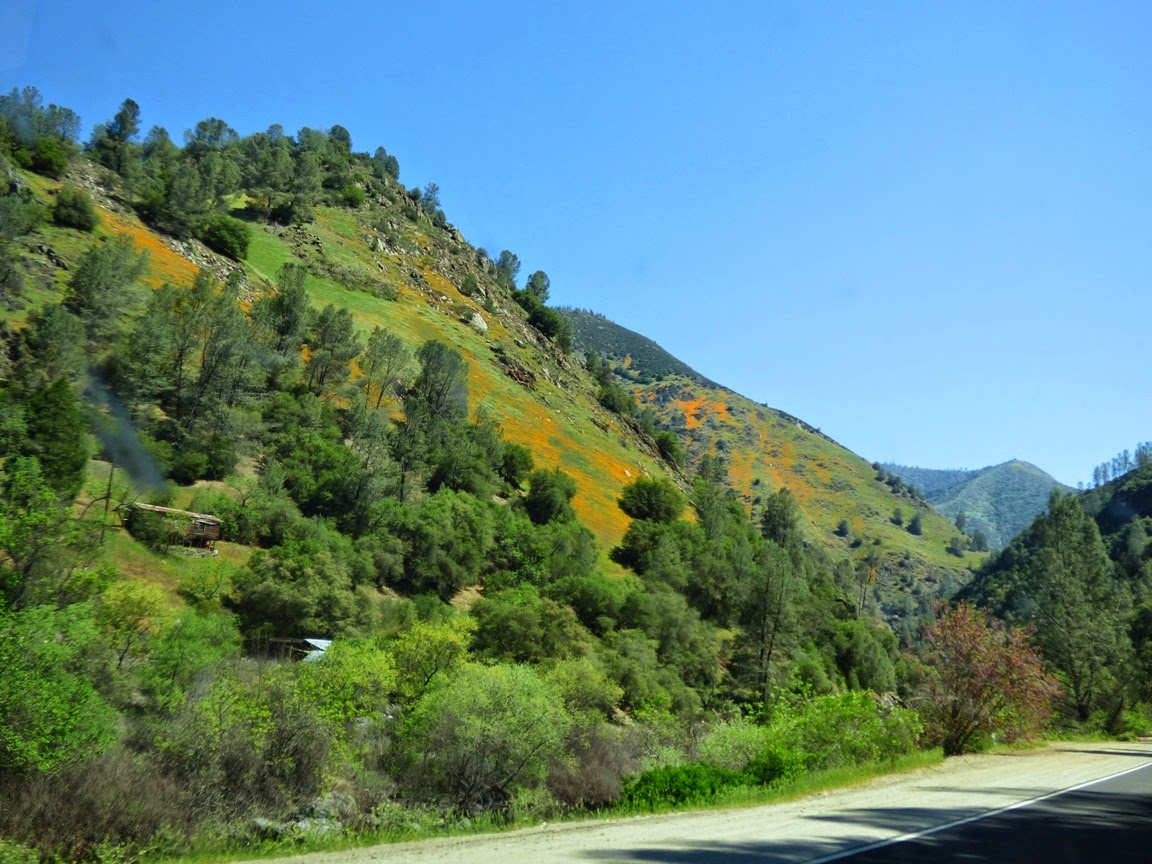

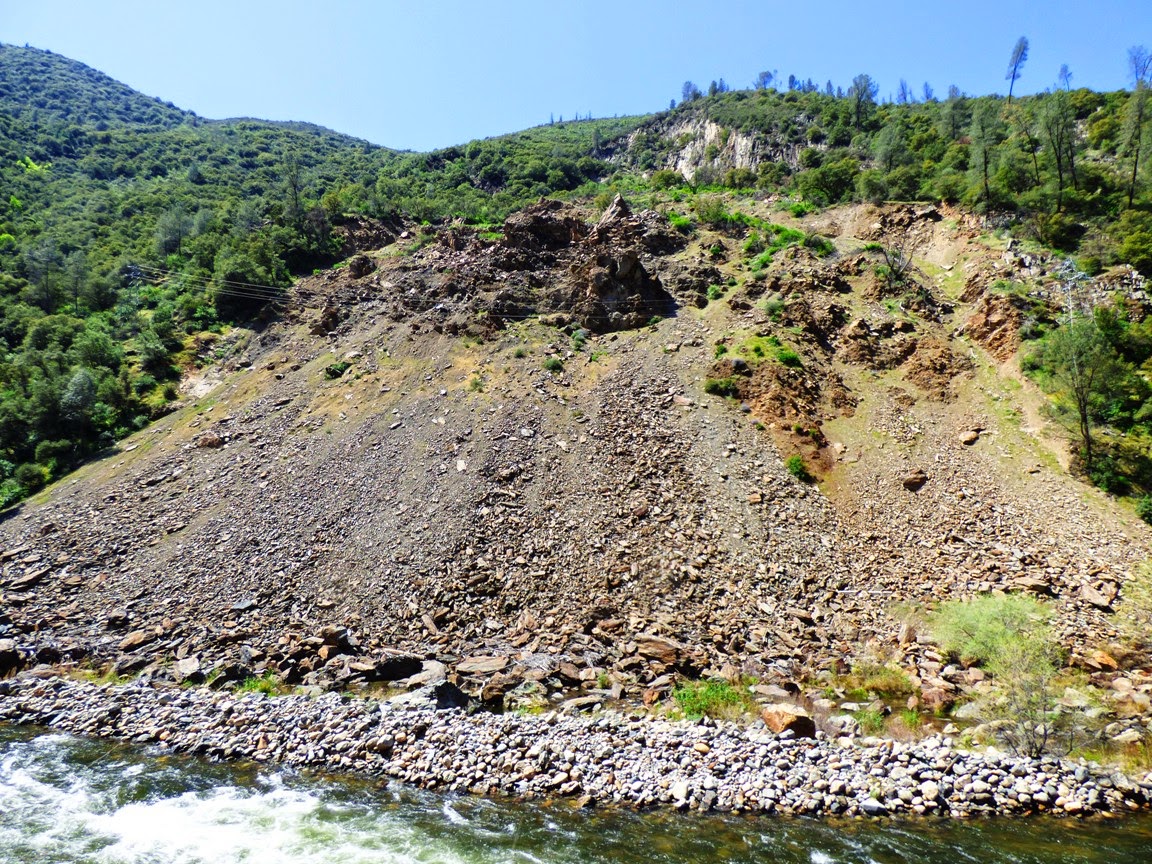

































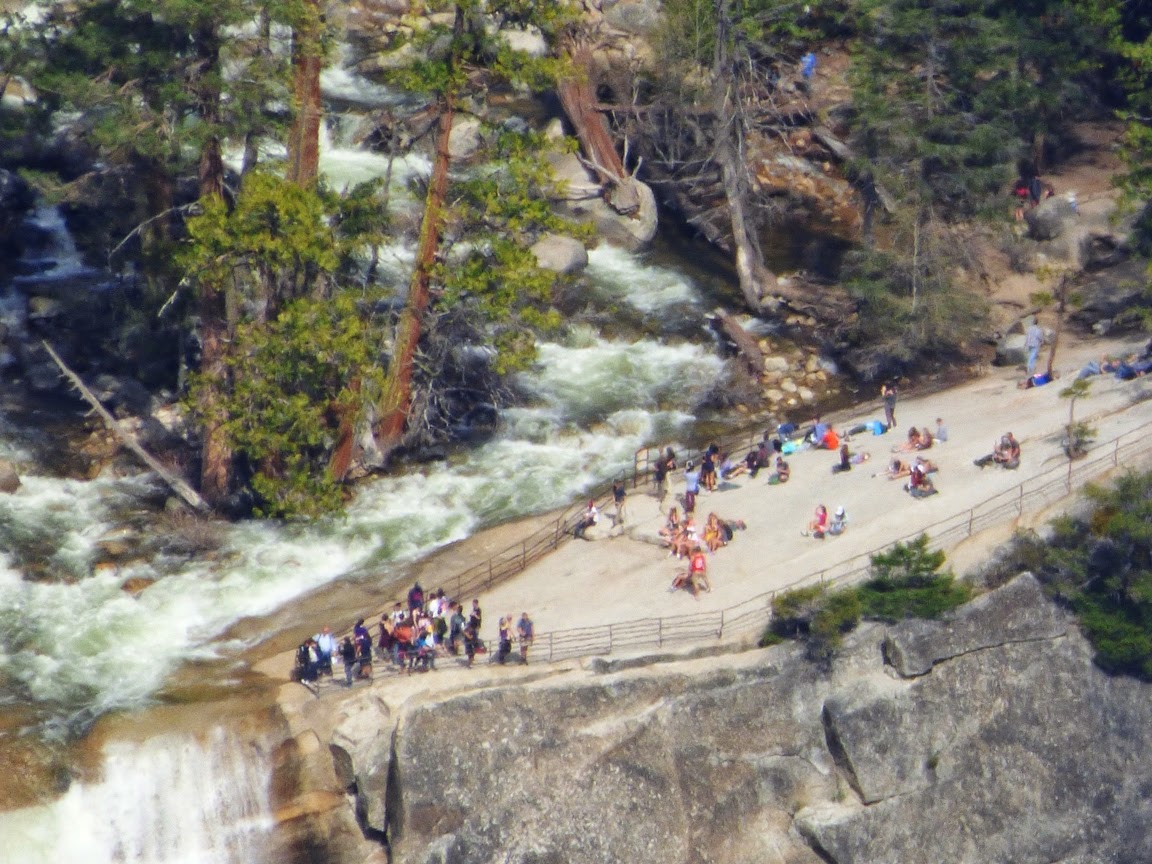













































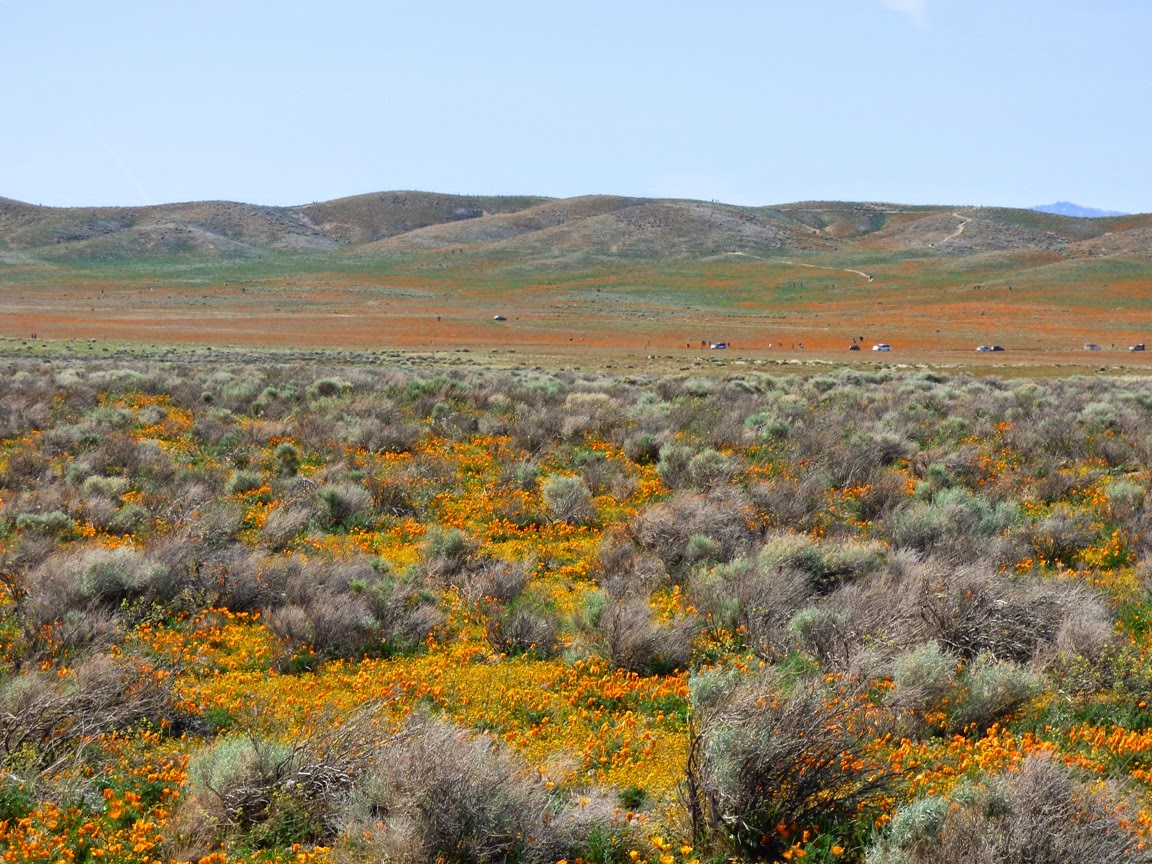

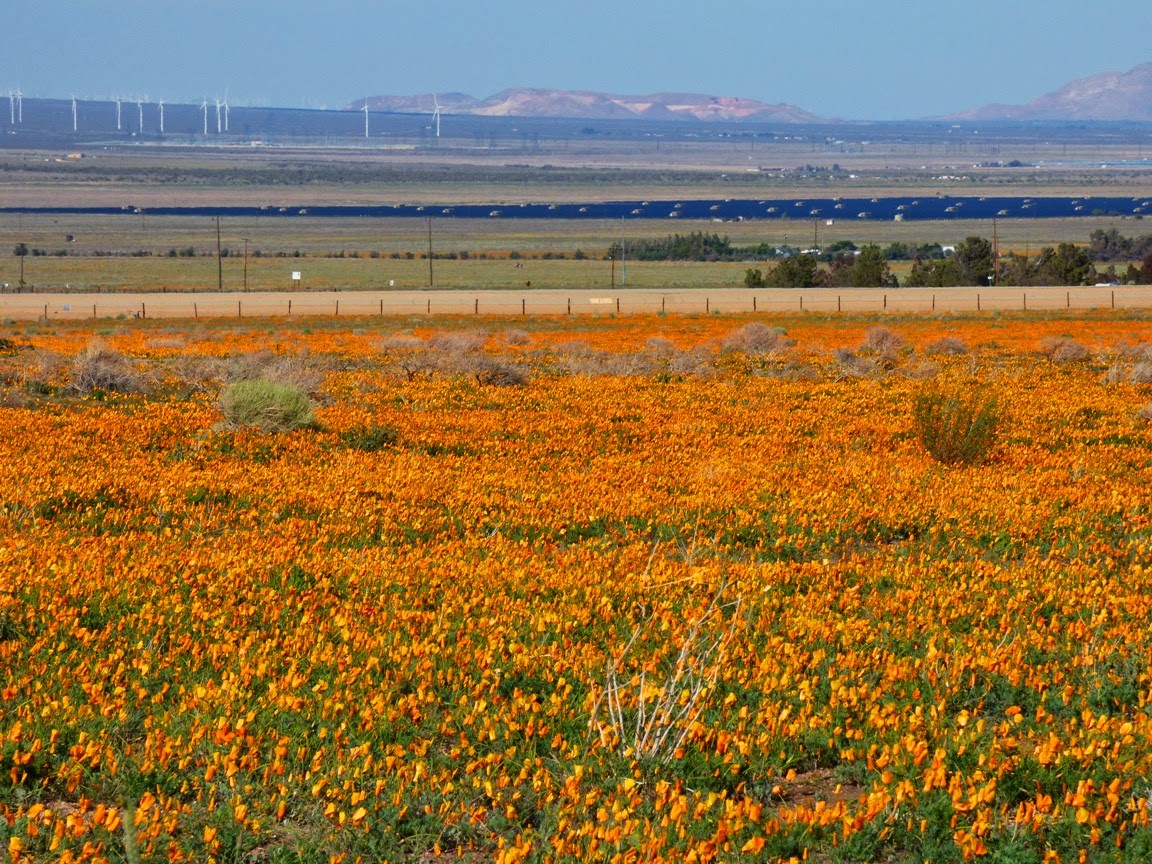













.jpg)
.jpg)


















































